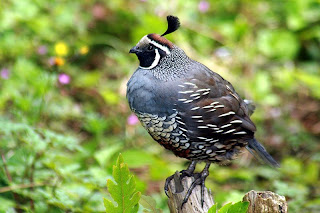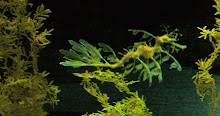Hello. Welcome to Weirdbeautiful.
Today I want to share with you two links-
the first is to some angelic-looking baby pandas- courtesy of the tabloid newspapers. (In this case, an article in The Sun about how the stress of looking after panda cubs leaves their mothers too exhausted to breed).
One of the big problems with panda conservation programmes is that pandas are reluctant to breed. Koala bears are similarly difficult to persuade to reproduce, which is likewise hampering programmes to halt their decline.
The article and cute panda pictures can be found
here- http://www.thesun.co.uk/sol/homepage/news/2788816/Exhausted-panda-mums-too-tired-to-have-cubs.htmlThe other link is to an article in the International Herald and Tribune on Tasmanian devils- one of Australia's odder creatures (although, admittedly, a lot of Australian wildlife is very weird...). The Tasmanian devil suffers from an unusual affliction- an infectious facial cancer.
Infectious cancers are rare- probably the best known other example is Kaposi's sarcoma in humans- a cancer of the cells lining blood vessels that occurs in a lot of AIDS patients. Kaposi's sarcoma is caused by Human Herpes Virus 8. This herpes virus is found in large numbers of people but usually only becomes problematic when AIDS suppresses someone's immune system to the extent that it can no longer keep on top of the virus.
(There are pictures of Kaposi's sarcoma here-
http://en.wikipedia.org/wiki/Kaposi - WARNING!- they are fairly GORY)
The situation in the Tasmanian devil is more complicated - the infectious cancer is apparently caused not by a virus but by a mutant form of some of the animal's normal cells that have evolved to behave like a parasitic organism. You can find more information in the IHT article
here-
http://www.nytimes.com/2010/01/01/science/01devil.html?ref=science
1.jpg)







+knob+billed+duck.jpg)










